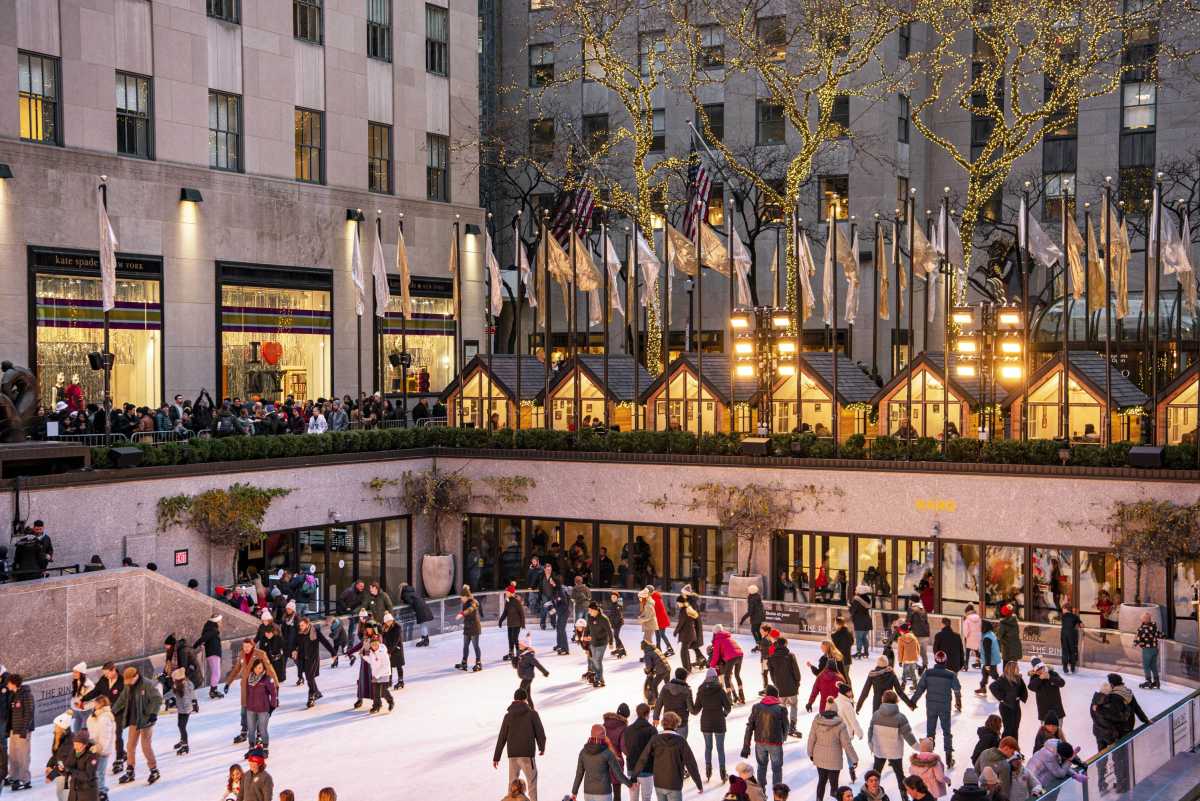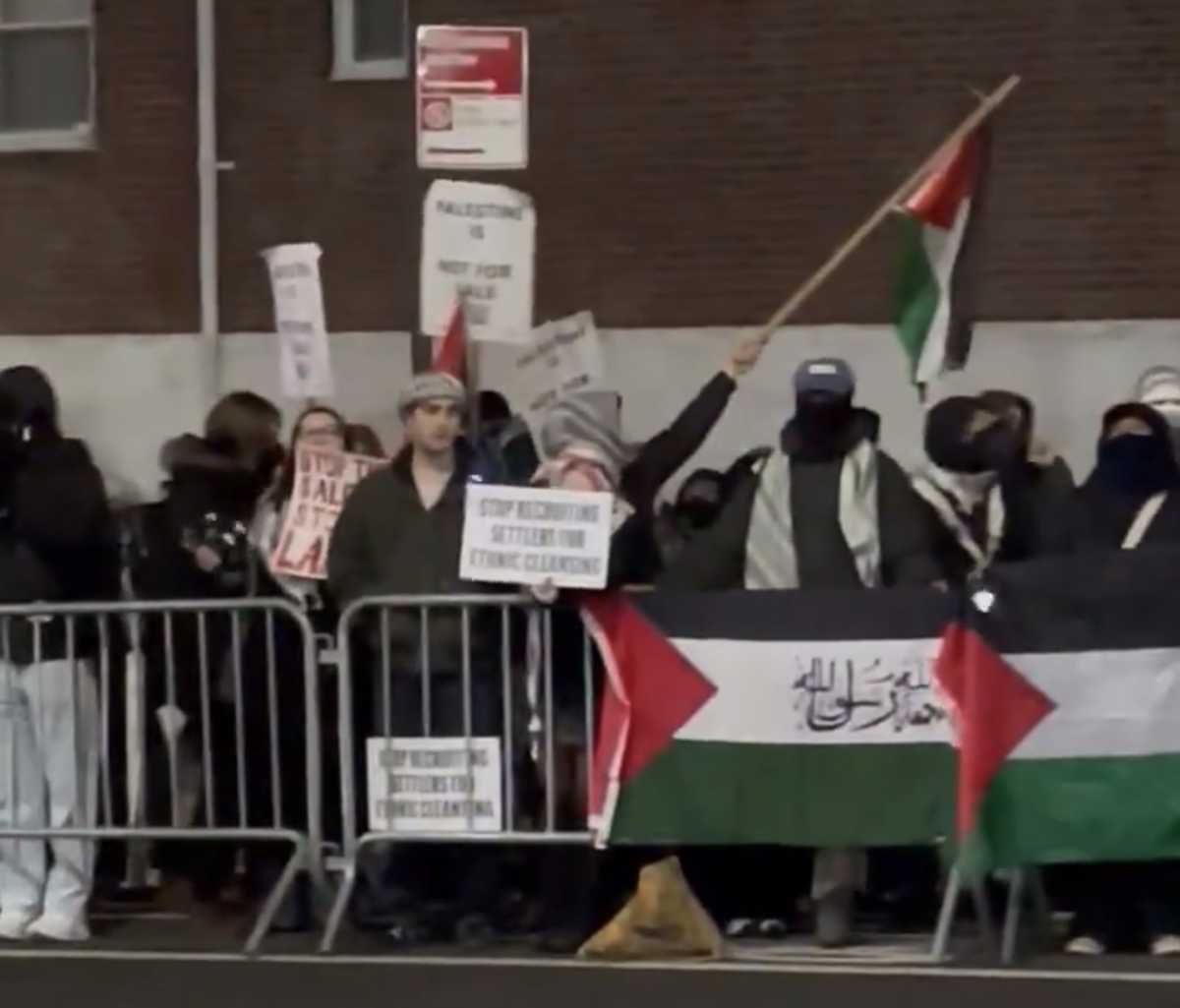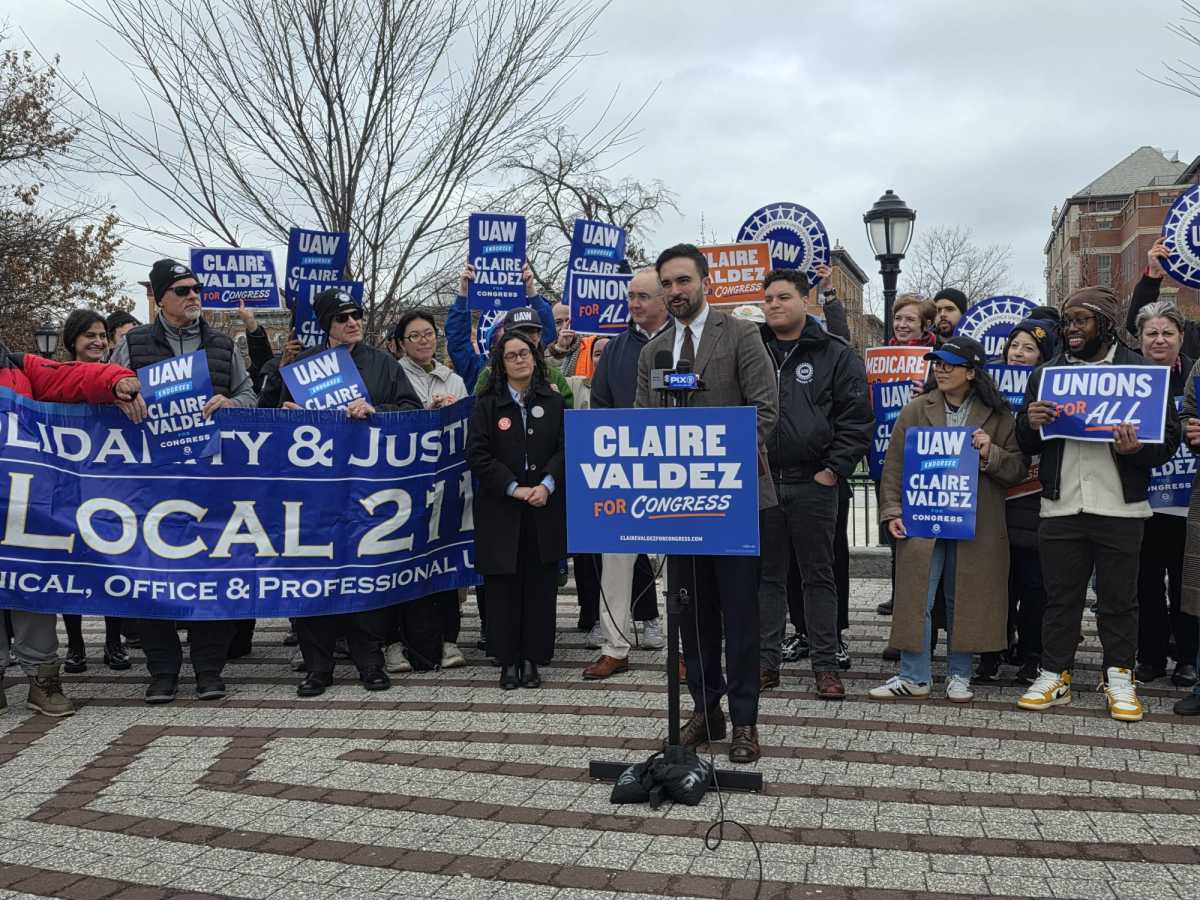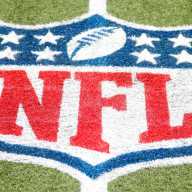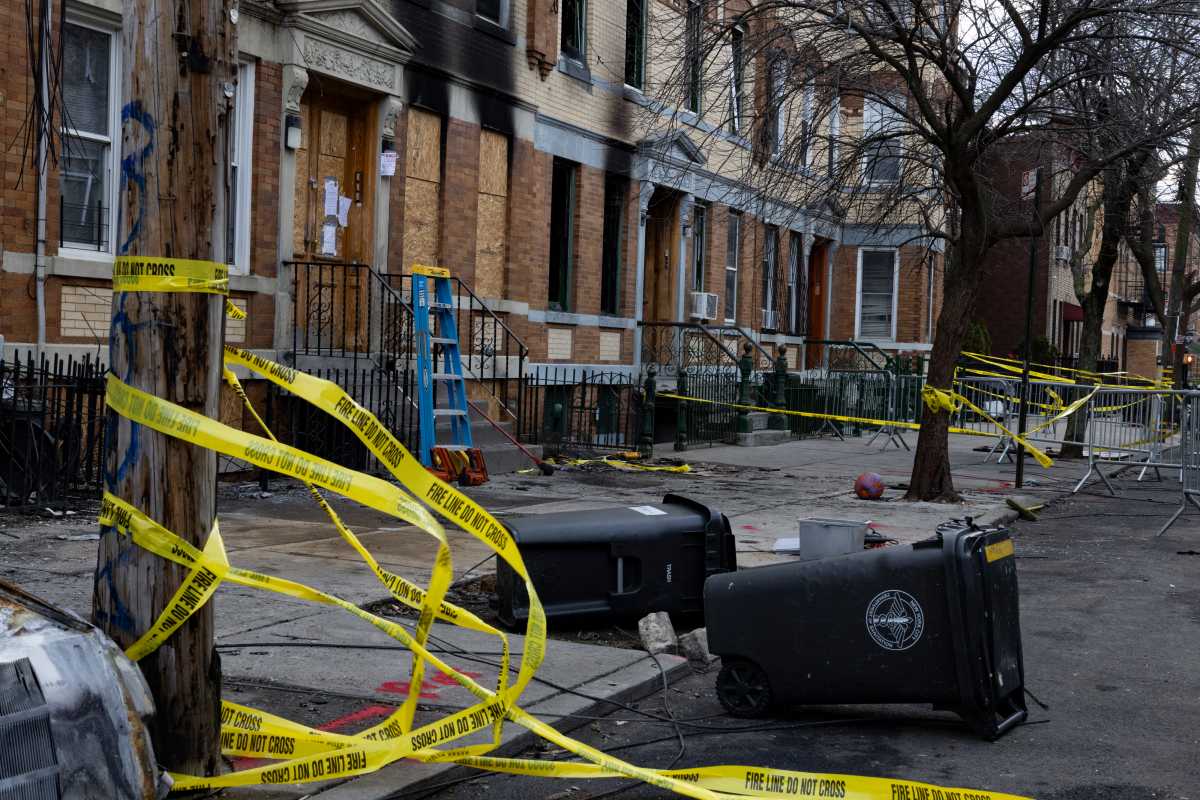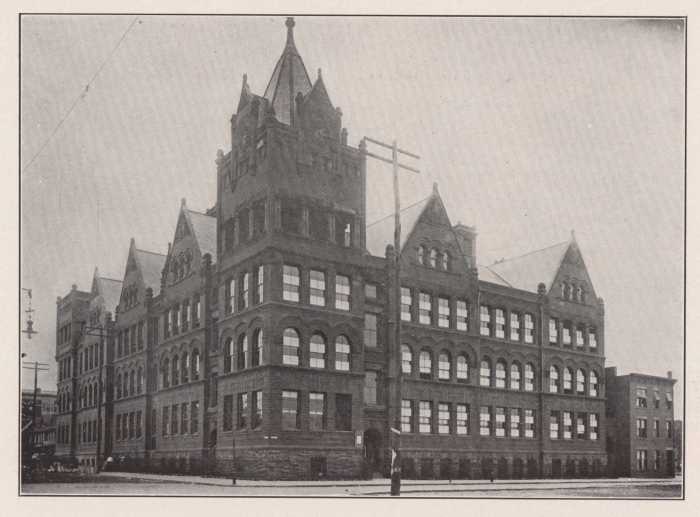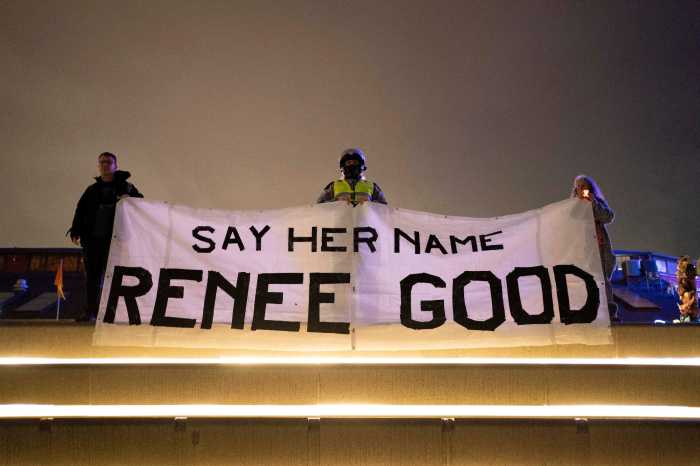Late night TV has had different formats, hosts and networks, but there’s no denying the Big Apple’s major role in fostering its evolution.
From “The Tonight Show’s” beginnings with Steve Allen in New York in the 1950s to the groundbreaking “Saturday Night Live,” comedy and variety programs and talk shows have relied on New York’s energy to produce laughs around the nation.
“New York has always had that up-all-night quality,” said Ron Simon, the curator of the Paley Center for Media.
Experts say “The Tonight Show’s” return to New York, starring Jimmy Fallon, as well as Seth Meyers’ new era on “Late Night,” are milestones in this illustrious history that will also boost the city’s economy and reputation.
According to the Mayor’s Office of Media and Entertainment and the city’s Economic Development Corporation, late night shows employ close to 200 people and played a part in contributing to the 32% increase in TV production in the city since 2002. Those new TV opportunities benefited from a slew of new tax breaks over the years, including last year’s state tax benefit that offers production companies a 30% tax discount on expenses.
Marybeth Ihle, of the Office of Media and Entertainment, said other businesses benefit from late night shows because “attending a live taping … adds a further attraction for tourists visiting the city.”
Meyers’ addition to the landscape and Fallon’s promotion to “The Tonight Show” are giving visitors added attractions in a marketplace that has hosted David Letterman on two different shows since 1982, as well as “The Daily Show,” “The Colbert Report” and more.
Simon said Gotham is sure to influence the tone of Meyers’ show. “I think there will be a series of experiments, but is a great place to develop and take comedy to further limits,” he said.
Before the emergence of television in the 20th century, the city was already established as the go-to place for variety shows and comedy acts, being home to the vaudeville circuit and serving as the center of radio broadcasting.
The transition of talent to the small screen was natural and seamless.
The first New York iteration of “The Tonight Show” was entwined with its Big Apple setting, regularly incorporating the world outside the studio into the monologues and sketches. That close connection with the host city established a staple approach that has been emulated ever since, according to Simon.
“Certainly, Johnny Carson exemplified the best parts of the city in the ’60s,” he said.
But the city’s loss of “The Tonight Show” in 1972, while a significant blow to New York’s after-dark TV scene, boosted the milieu as well, as shows like “Saturday Night Live” and Letterman’s “Late Night” ushered in a new era of entertainment.
“The counterculture sensibility was so unique in the ’70s. Now it’s defined what late night comedy is,” Simon said.
Gotham now hosts most of the highest-profile late night shows, although “Jimmy Kimmel Live,” “The Arsenio Hall Show,” “Conan” and “The Late Late Show with Craig Ferguson” remain out west.
Of course, Conan O’Brien spent 1993-2009 as the host of “Late Night,” building on Letterman’s legacy before handing off the program to Fallon.
That 12:35 a.m. NBC program is perhaps the most New York of the New York shows, according to Paul Levinson, a professor of media studies at Fordham University.
Letterman’s dry wit, Conan’s college-dorm-style jokes and Fallon’s hip millennial appeal kept eyes fixated on New York and reflected the city’s dynamism. Now, it’s Meyers’ turn.




